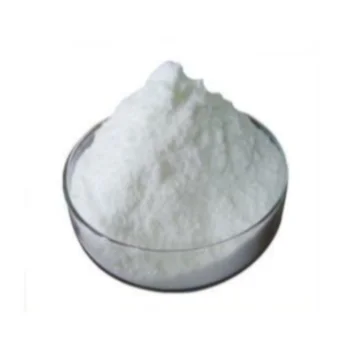
Biodegradation uses pure microbial structure as well as mixed microbial cultures.

Because of this there is a great need for scientists to develop and devise new methods of waste degradation.ĭegradation using microbes is one of the most efficient ways in degradation of chemical waste as it is cost-effective and eco-friendly. Both Benzene and Potassium Hydrogen Phthalate have been constantly reported as an environmental contaminant. Vast applications of benzene in the chemical and petrochemical industry result to generation of large volumes of organic waste containing benzene. It is also used as an organic solvent for various experiments and as a raw material for the manufacture of plastic, paper, detergents, and pesticides. It is extensively used in the synthesis of various organic compounds such as ethylbenzene, phenol and cyclohexane. Benzene is a valuable industrial raw material. It is a clear, colorless, highly flammable, volatile and toxic, liquid aromatic hydrocarbon. On the other hand, Benzene is a cyclic hydrocarbon with a molecular formula of C 6H 6. Due to its astonishing properties such as high purity, readily soluble in water, easy to dry, air-stable, not hygroscopic, and not affected by carbon dioxide, industries use large quantities of KHP in the manufacture and quality control of its products thus large quantities of organic waste containing KHP is also generated. Potassium Hydrogen Phthalate (KHP) is the monopotassium salt of phthalic acid. Among these organic pollutants were: Benzene and Potassium Hydrogen Phthalate.

Existence of organic pollutants in water bodies and to the environment itself has been recently studied. Wastes in water bodies are one of the worldwide issues that create a direct impact to the environment. One of the mainstream problems of today is the generation of too much waste coming from the rapid growth of population together with the continuous industrialization. Unseeded samples were also eventually degraded however slower than seeded samples. Furthermore, treatment/degradation of aqueous organic waste using BOD5 seed inoculum is possible. On the other hand, higher concentrations of KHP sample were not degraded. However, 1000 ppm benzene sample were degraded faster than 1000 ppm KHP sample. In conclusion, BOD5 seed inoculum was capable of degrading 1000 ppm benzene and 1000 KHP sample. In conclusion, BOD5 seed inoculum was capable of an effect of filtration on the COD concentration obtained. There was an effect of filtration on the COD concentration obtained. On the other hand, 1000 ppm KHP sample was 47% degraded from an initial concentration of 1271.6 ppm to 673.99 ppm. The 1000 ppm benzene sample was 99.79% degraded from an initial COD concentration of 1112.545 ppm to 2.352 ppm. The degraded benzene sample was then subjected for GC-MS analysis. Monitoring was conducted through COD test. During the biodegradation process, pH 6-8 was maintained for it was the desired environment of the seed inoculum. The samples were tested for Dissolved Oxygen (DO) and Chemical Oxygen Demand (COD) Test for initial analysis before it was prepared for the biodegradation process. However issues of variation in its content arose and thus the usage of standardized inoculum offered opportunities to surpass these disadvantages, this study aims to test the effectivity of BOD5 Seed inoculum in degradation of Benzene and KHP and eventually apply its effectivity to aqueous organic waste. Biodegradation is considered to be a remedy for this issue and the usage of Activated Sludge is the most dominant method used among these days.

Benzene and Potassium Hydrogen Phthalate (KHP) with their immeasurable applications lead to tons of generated waste.


 0 kommentar(er)
0 kommentar(er)
